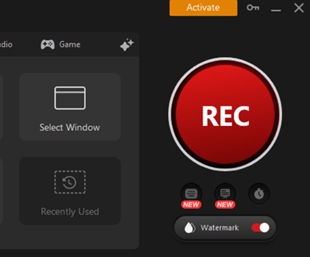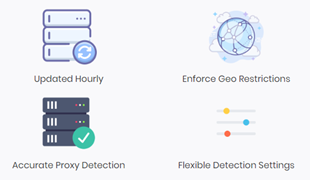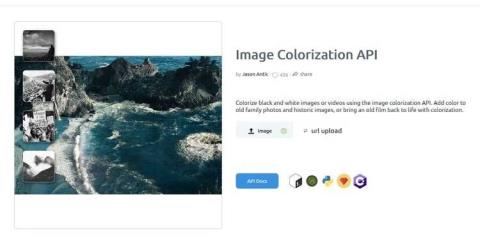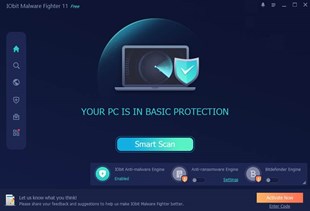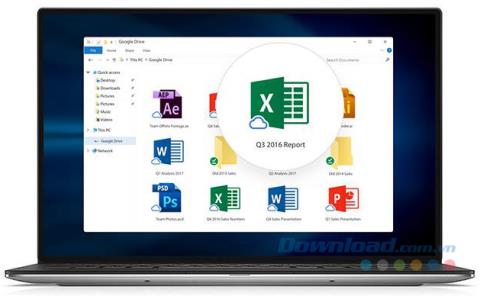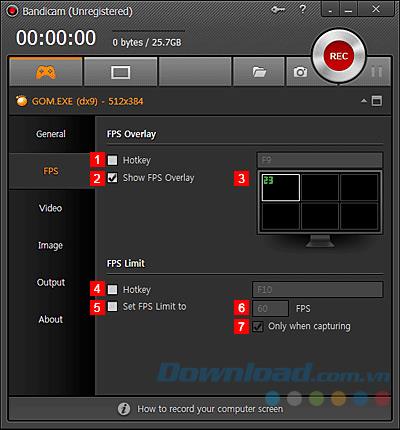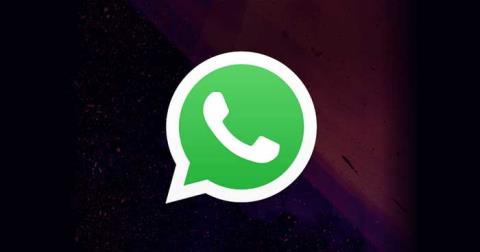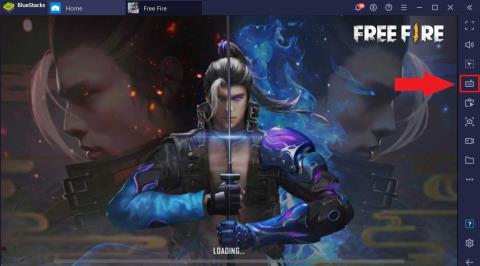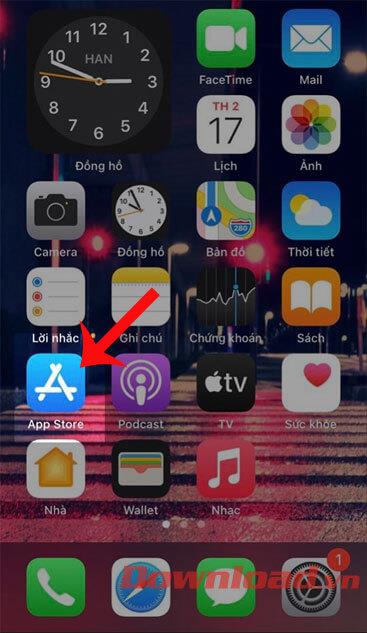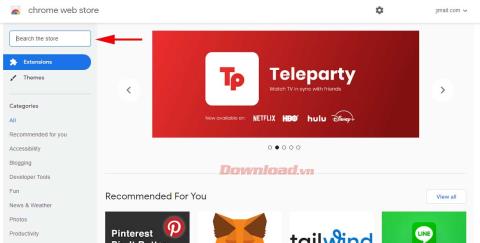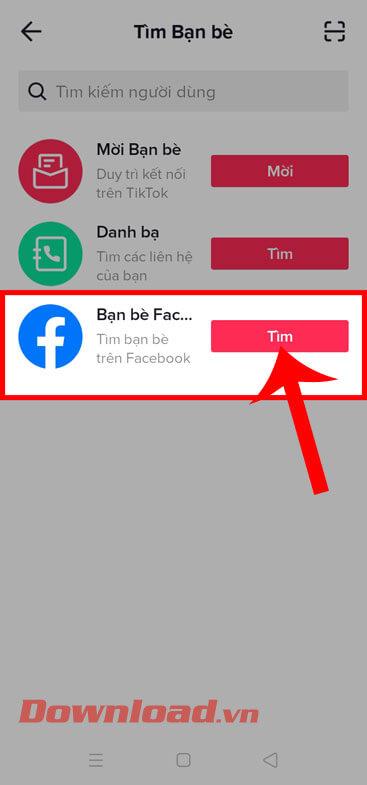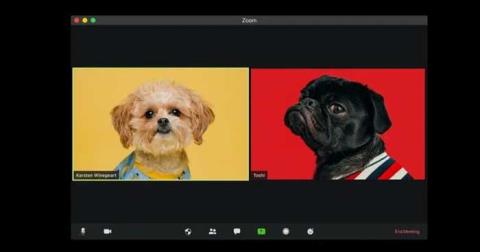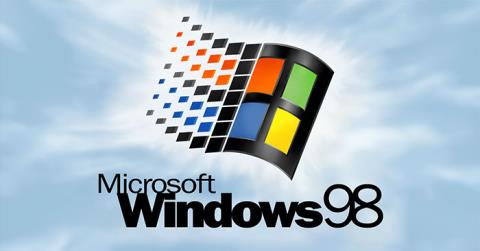What is the difference between Hotmail.com, Msn.com, Live.com & Outlook.com?
Are you confused between Hotmail.com, Msn.com, Live.com, and Outlook.com? Wondering what they are and how they are different from each other? Well, have you ever tried reaching www.hotmail.com? If you did, you would have been redirected to Outlook sign-in page. This is because Hotmail, in fact, was rebranded to Outlook. So basically, Hotmail.com, Msn.com, Live.com, and Outlook.com all refer to, more or less, the same webmail service. Ever since Microsoft acquired Hotmail, it has been renaming the service time and again, completely confusing its users. Here’s how the journey from Hotmail to Outlook was:
Contents
HOTMAIL
One of the first webmail services, known as Hotmail, was founded and launched in 1996. Hotmail was created and designed using HTML (HyperText Markup Language) and, hence, was originally type cased as HoTMaiL (notice the capital letters). It allowed users to access their inbox from anywhere and therefore freed the users from ISP-based email. It became quite popular within just a year of its launch.
MSN HOTMAIL
Microsoft acquired Hotmail in 1997 and merged into Microsoft’s internet services, known as MSN (Microsoft Network). Then, Hotmail was rebranded as MSN Hotmail, while it was still popularly known as Hotmail itself. Microsoft later linked it with Microsoft Passport (now Microsoft account) and further merged it with other services under MSN like MSN messenger (instant messaging) and MSN spaces.
WINDOWS LIVE HOTMAIL
In 2005-2006, Microsoft announced a new brand name for many of the MSN services, i.e., Windows Live. Microsoft initially planned to rename MSN Hotmail to Windows Live Mail but the beta testers preferred the well-known name Hotmail. As a result of this, MSN Hotmail became Windows Live Hotmail among the other renamed MSN services. The service focused on improving the speed, increasing the storage space, better user experience and usability features. Later, Hotmail was “re-invented” to add new features such as Categories, Instant Actions, scheduled Sweep, etc.
From then, the MSN brand shifted its primary focus to online content like news, weather, sports, and entertainment, which was made available through its web portal msn.com and Windows Live covered all of Microsoft’s online services. Old users who had not updated to this new service could still access the MSN Hotmail interface.
OUTLOOK
In 2012, the Windows Live brand was discontinued. Some of the services were rebranded independently and others were integrated into the Windows OS as apps and services. Till now, the webmail service, though renamed a few times, was known as Hotmail but after the discontinuation of Windows Live, Hotmail finally became Outlook. The outlook is the name by which Microsoft webmail is service is known today.
Now, outlook.com is the official webmail service that you can use for any of your Microsoft email addresses, be it outlook.com email or the earlier used Hotmail.com, msn.com or live.com. Note that while you can still access your older email accounts on Hotmail.com, Live.com, or Msn.com, the new accounts can only be made as outlook.com accounts.
So, this was how Hotmail changed to MSN Hotmail, then to Windows Live Hotmail and then finally to Outlook. All this rebranding and renaming by Microsoft led to confusion among the users. Now, that we have Hotmail.com, Msn.com, Live.com, and Outlook.com all clear, there is still one more confusion left. What exactly do we mean when we say Outlook? Earlier when we said Hotmail, others knew what we were talking about but now after all this renaming, we see many different products or services linked to the common name ‘Outlook’.
OUTLOOK.COM, OUTLOOK MAIL AND (OFFICE) OUTLOOK
Before we move on to understanding how Outlook.com, Outlook Mail and Outlook are different, we will first talk about the two completely different things: Web email client (or web app) and Desktop email client. These are basically the two possible ways in which you can access your emails.
WEB EMAIL CLIENT
You use a web email client whenever you log in to your email account on a web browser (like Chrome, Firefox, Internet Explorer, etc.). For example, you log in to your account on outlook.com on any of the web browsers. You do not need a specific program for accessing your emails through a web email client. All you need is a device (like your computer or laptop) and an internet connection. Note that when you access your emails through the web browser on your mobile phone, you are again using a web email client.
DESKTOP EMAIL CLIENT
On the other hand, you are using a desktop email client when you launch a program to access your emails. You could be using this program on your computer or even your mobile phone (in which case it is a mobile mail app). In other words, the specific program that you use to particularly access your email account is your desktop email client.
Now, you must be wondering why we are talking about these two types of email clients. Actually, this is what differentiates between Outlook.com, Outlook Mail and Outlook. Starting with Outlook.com, it actually refers to current Microsoft’s web email client, which earlier was Hotmail.com. In 2015, Microsoft launched the Outlook Web App (or OWA), which is now ‘Outlook on the web’ as a part of Office 365. It included the following four services: Outlook Mail, Outlook Calendar, Outlook People and Outlook Tasks. Out of these, Outlook Mail is the web email client you use for accessing your emails. You can use it if you have subscribed to Office 365 or if you have access to Exchange Server. Outlook Mail, in other words, is the substitute of the Hotmail interface you used earlier. Lastly, Microsoft’s desktop email client is called Outlook or Microsoft Outlook or sometimes, Office Outlook. It is a part of Microsoft Outlook since Office 95 and includes features like calendar, contact manager and task management. Note that Microsoft Outlook is also available for mobile phones and tablets with Android or iOS operating systems and for few versions of Windows phone.
Recommended:
So that is it. We hope all your confusion related to Hotmail and Outlook are now resolved and you have everything clear.
